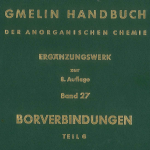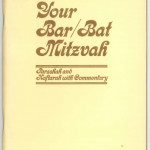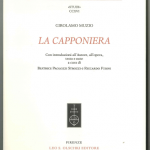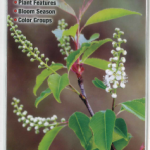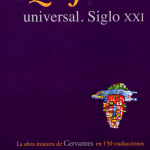I am not your Negro / Magnolia Pictures ; Amazon Studios ; Velvet Film, Inc. (USA), Velvet Film (France) present in coproduction with Artémis Productions, Close Up Films ; in coproduction with ARTE France, Independent Lens, RTS Radio Télévision Suisse, RTBF (Télévision belge), Shelter Prod ; written by James Baldwin ; directed by Raoul Peck ; produced by Rémi Grellety, Raoul Peck, Hébert Peck ; a Raoul Peck film. (OCLC #976436785)
RDA defines the on-screen participant relationship designator to mean:
An agent contributing to an expression of a nonfiction moving image work by taking an active role as a participant. Appearance on screen to provide contextual or background information is excluded.
The record for this documentary includes designated several people this way:
700 1_ ǂa Baldwin, James, ǂd 1924-1987, ǂe screenwriter,
ǂe on-screen participant.
700 1_ ǂa Belafonte, Harry, ǂd 1927- ǂe on-screen participant.
700 1_ ǂa Brando, Marlon, ǂe on-screen participant.
700 1_ ǂa Cavett, Dick, ǂe on-screen participant.
700 1_ ǂa Bush, George W. ǂq (George Walker), ǂd 1946-
ǂe on-screen participant.


